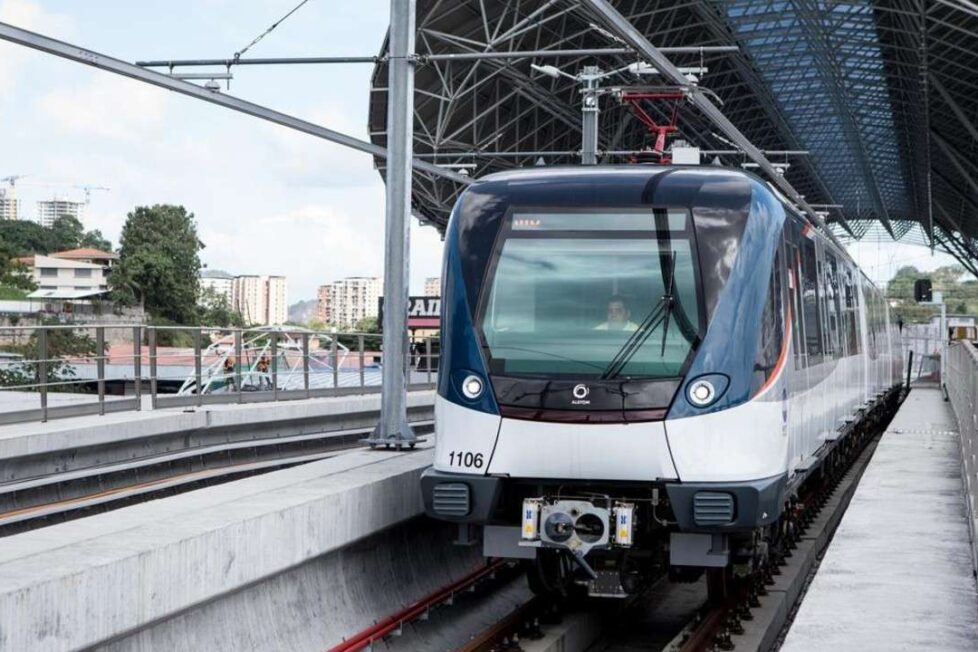India’s First Driver-less Metro in Delhi!


India is all set to move ahead with the next-generation infrastructure and the recent buzz on Driver-less metro signifies it!
New Delhi- Prime Minister flagged off India’s first driver-less metro train at Delhi’s metro magenta line. Commuters are quite thrilled with the new launch and are also awaiting further advancements on this track. Along with the driver-less metro, PM also announced the launch of the National Common Mobility Card and inter-operable transport facilities. It means now travelers can use a single card for traveling, paying toll duties, withdrawing money, and even retail shopping.
The official announcement from the top staff also claimed this driver-less metro’s proficiency that eliminates the error from humans. The initial service of this new metro train would run with pride on Delhi Metro’s Magenta Line. It connects the Janakpuri west station of west Delhi with Noida’s Botanical garden. Speculations are already out that this driver-less metro would extend to Delhi Metro’s pink line, i.e. Majlis Park-Shiv Vihar in or around mid-2021.
Indian transport heading towards the smart systems!
Prime Minister honored this proud moment by inaugurating the driver-less metro and proceeding towards the next-gen technology! He inaugurated this ground-breaking project and addressed the public through a virtual function.
Visioned by India’s former prime minister in 2014, Atal Bihari Vajpayee Ji; the metro rail services were first started in Delhi. Beginning with five main cities, now these services got stretched to 18 cities in India. By the end of 2025, the government plans to expand the metro rail service in more than 25 cities countrywide.
The 248 kilometer Metro line that began in 2014 would expand to a splurging rate of 1700 kilometers in the year 2025. After the new metro launch, the Delhi Metro Rail Corporation is about to hold elite global status with 7% of driver-less metro networks in the world.


Technology manages all aspects of the technological advancement in various fields, using drones for surveillance, robots for surgical operations, and other high-tech equipment. It is overwhelming to witness the era where everything right from pizza delivery to the war battleground is manageable with human-less technology! People are now awaiting the driverless car to simplify their transport system with enhanced safety levels.
Our Prime Minister looks up to ensure a futuristic infrastructure in the country that provides a better living. Dimensions of modernization are changing as the perspective is growth-oriented and not constrained to meet the urban lifestyle challenges. The best use of technological advancement proves that anything is achievable if one desires it. The driver-less metro rail line is definitive proof of the ‘Make In India’ scheme that mobilizes the workforce and resources from within the country.


Delhi and the whole of India are praising the new driver-less metro technology launched today! It would be interesting to see how rapidly the government promotes and expands this future-friendly technology all across the country.
India is exploring new horizons of advancement and kudos to the hard work, conceptualization, and core team’s efforts!
